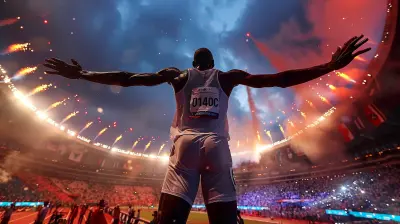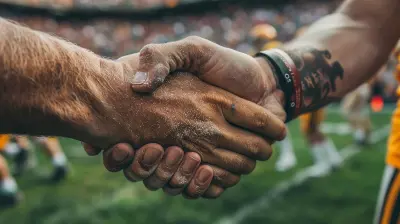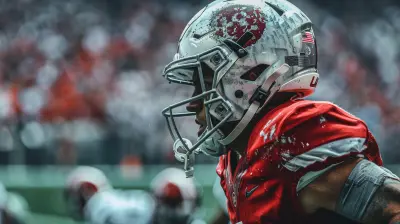The Evolution of Athlete Brands: From Players to Moguls
4 August 2025
Sports have always been about raw competition, passion, and skill. But in today’s world, athletes are much more than just competitors—they are brands, businesses, and in some cases, even billion-dollar moguls. Gone are the days when a player’s influence ended when they left the field or court. Now, athletes are leveraging their fame, influence, and financial power to build personal brands that extend far beyond sports.
But how did we get here? And what does it take for an athlete to transform from a player into a mogul? Let’s dive into the fascinating evolution of athlete brands.
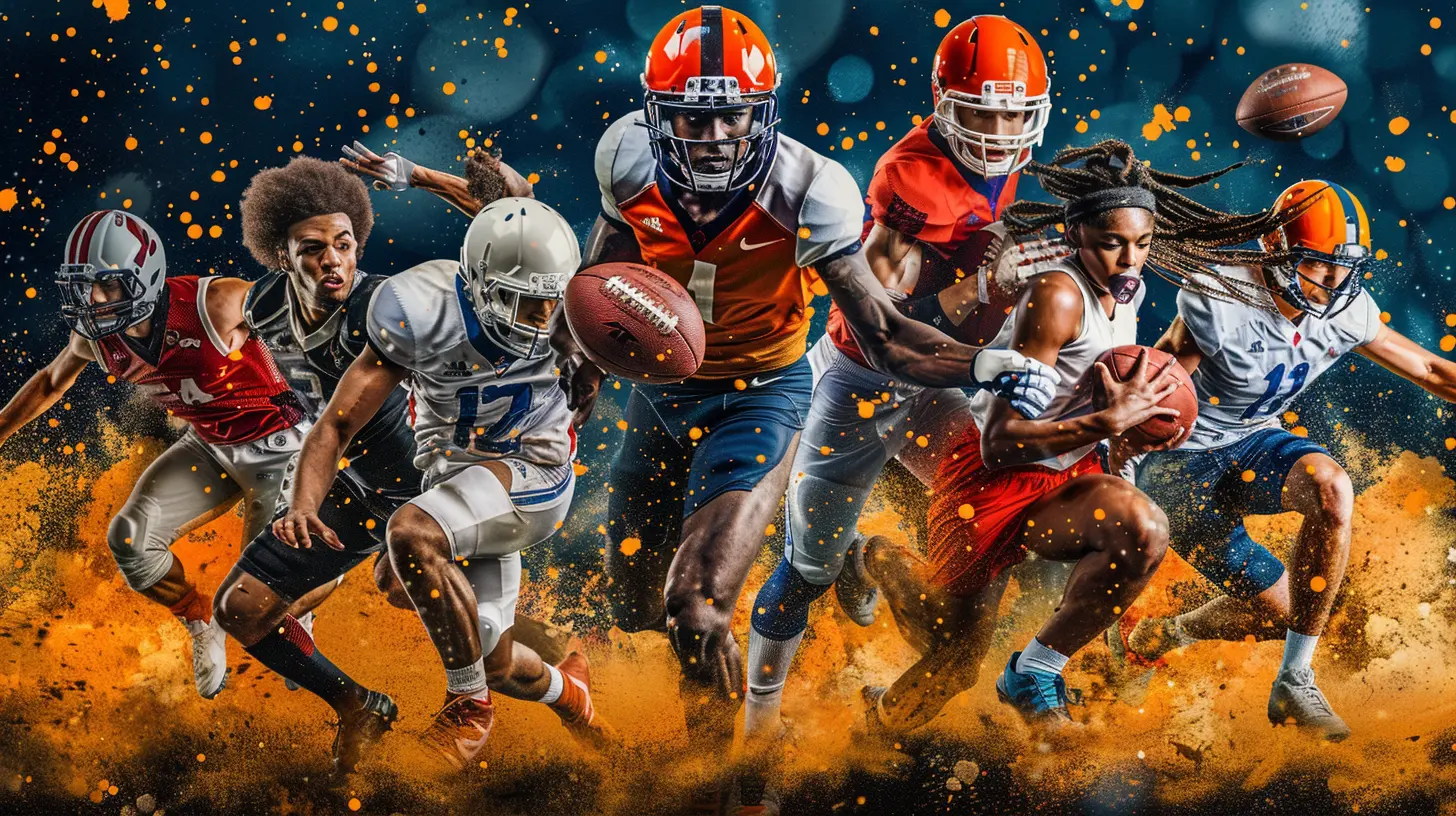
The Early Days: Just Players, No Business
Back in the day, athletes were seen purely as competitors. Their careers were defined by stats, championships, and records—not endorsement deals or business ventures. Sure, there were exceptions, like Babe Ruth endorsing candy bars or Joe DiMaggio repping coffee, but these were more one-off deals rather than full-fledged brand-building efforts.For most athletes, financial success was tied directly to their playing contracts. Once their careers ended, so did their income streams. There was little to no thought about building a long-term brand that could sustain them after retirement.
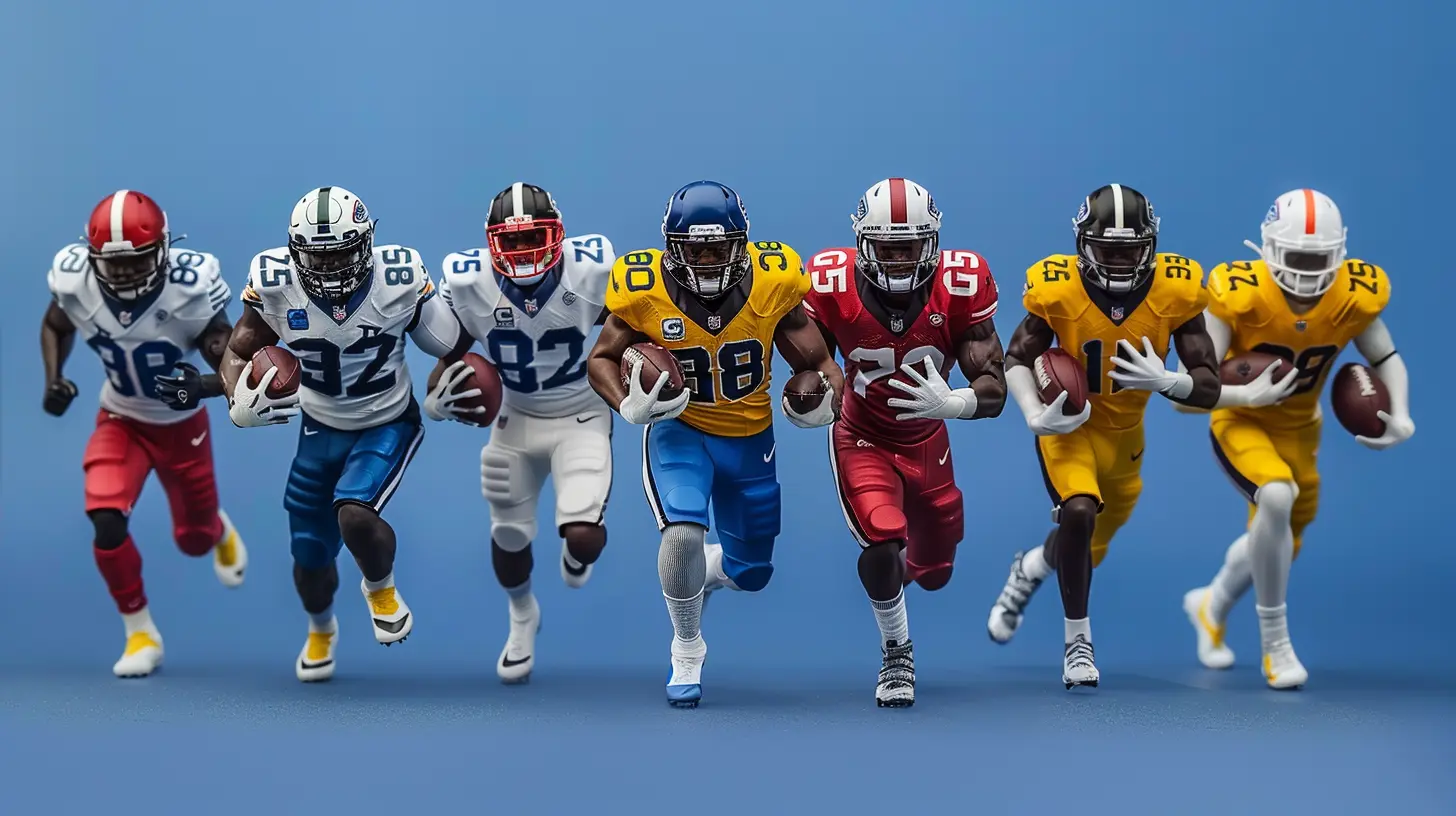
The Rise of Athlete Endorsements
Fast forward to the mid-20th century, and things started changing. The rise of television brought sports into millions of homes, making athletes household names. Companies saw an opportunity—if people loved an athlete, they might buy a product they endorsed.Enter endorsement deals.
Athletes like Michael Jordan, Magic Johnson, and Bo Jackson revolutionized the game. Suddenly, being great on the court wasn’t enough; athletes had to be marketable off the court too. The Nike-Jordan partnership in the 1980s was a game-changer. Air Jordans weren’t just shoes—they were a lifestyle. This deal showed that an athlete's brand could live beyond their career, setting the stage for future superstars.
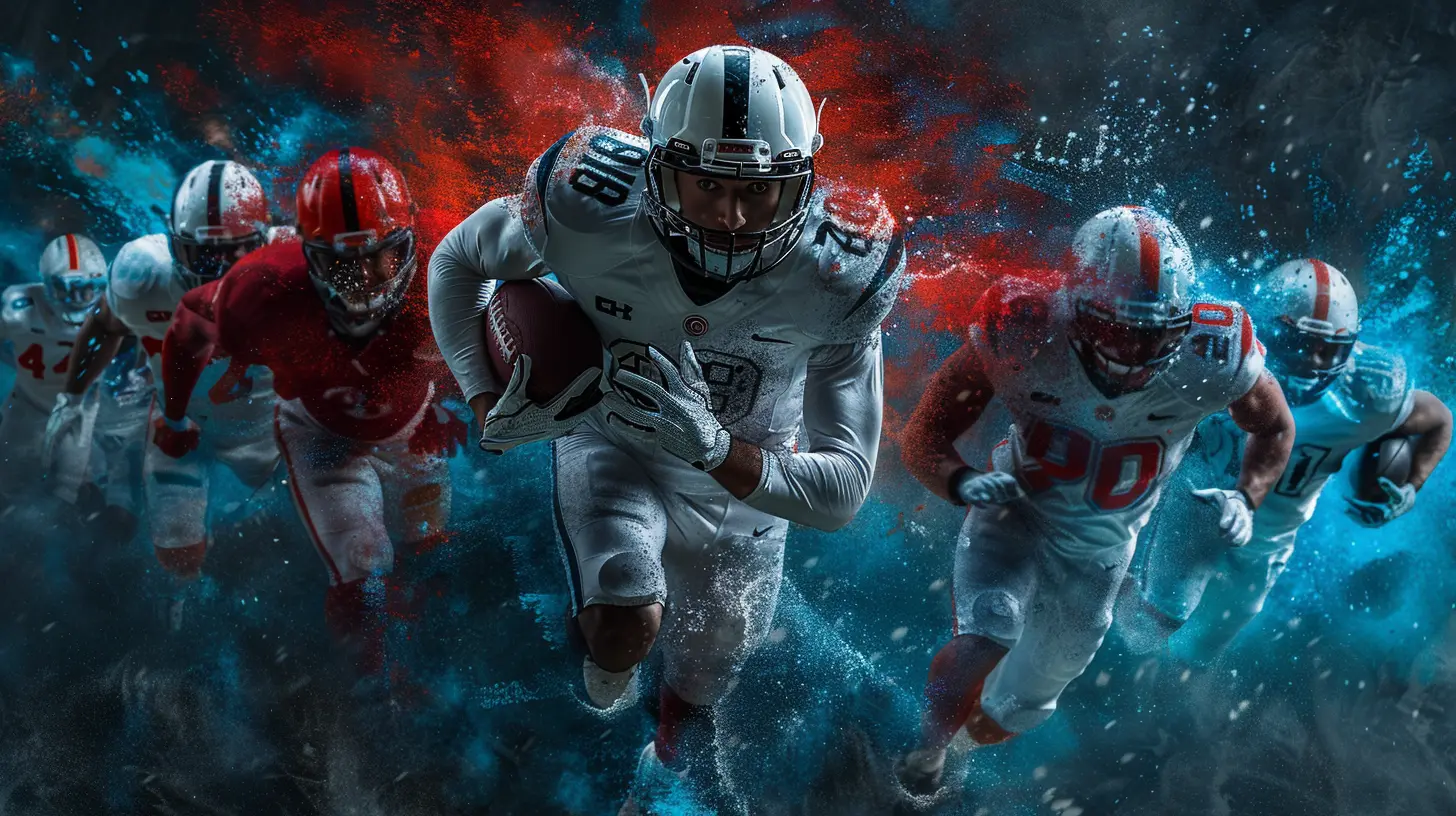
The Social Media Boom: Athletes as Influencers
The internet era, especially the rise of social media, completely changed the game. In the past, an athlete’s image was controlled by the media and their sponsors. Now, social platforms like Instagram, X (formerly Twitter), and TikTok allow athletes to control their own narrative.LeBron James, Cristiano Ronaldo, and Serena Williams don’t just wait for brands to offer them deals—they build and maintain their own image, connect directly with fans, and promote their own businesses.
Social media has also allowed athletes outside of traditional mainstream sports to build brands. Consider internet-born stars like Jake Paul, who originally gained fame as a YouTuber but transitioned into boxing, bringing millions of fans with him. This direct-to-fan approach has redefined what it means to be an athlete in the modern era.
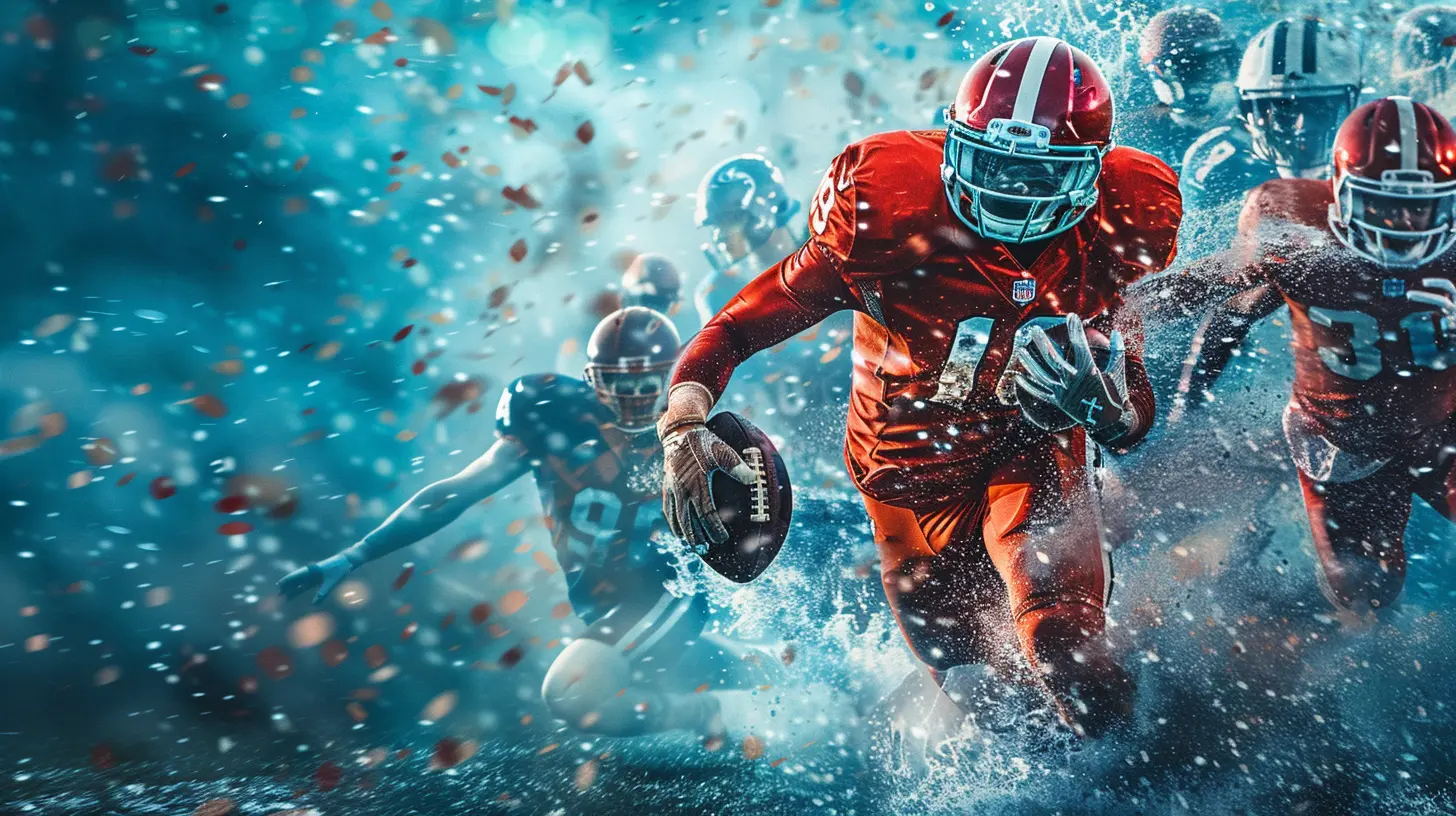
Athletes as Entrepreneurs: The Business Side of Sports
Branding has evolved beyond just endorsements. Today’s top athletes think like CEOs. They’re not just lending their name to a product—they’re creating and investing in businesses.Some of the most successful athlete-entrepreneurs include:
1. Michael Jordan – The Blueprint
Jordan didn’t just stop at Air Jordans. His ownership stake in the Charlotte Hornets (which he later sold for a massive profit) and his stake in various other business ventures made him the first billionaire athlete. His model has inspired countless others to think bigger.2. LeBron James – The Business Mogul
LeBron is not only one of the greatest basketball players of all time, but he’s also a business mastermind. He co-founded SpringHill Company, a media production company focused on empowering Black creators. He has investments in Blaze Pizza, a stake in Fenway Sports Group (which owns the Boston Red Sox and Liverpool F.C.), and a lifetime deal with Nike.3. Serena Williams – The Investor
Serena didn’t just dominate tennis—she’s also a major player in the investment world. Through Serena Ventures, she has invested in over 60 start-ups, focusing on women- and minority-led businesses. She’s proving that influence goes beyond the court.4. Cristiano Ronaldo – The Global Icon
With one of the biggest social media followings in the world, CR7 has turned his brand into a multi-faceted business. His CR7 brand includes clothing, fragrance, and even hotels, making him one of the highest-earning athletes ever.The Power of Personal Branding
So, what makes a successful athlete brand? It’s more than just winning championships. The biggest athlete-moguls have a few things in common:1. Authenticity
Fans can spot a fake from a mile away. Successful athlete-brands stay true to their personality. Shaquille O’Neal has built a highly successful brand by leaning into his larger-than-life persona. Whether he’s endorsing Icy Hot or running multiple businesses, it all feels genuine.2. Long-Term Vision
The best athlete entrepreneurs don’t think short-term. They invest in things that will last beyond their playing days. Kobe Bryant, for example, transitioned into venture capital and content production, proving that his impact would live on long after basketball.3. Leveraging Social Media
Athletes who engage with fans directly build stronger brands. Kevin Durant’s media company, Boardroom, focuses on sports, business, and culture—keeping his brand relevant even when he’s not on the court.4. Diversification
Athletes aren’t just sticking to sports-related businesses. They’re going into tech, media, fashion, and more. Naomi Osaka has invested in skincare, esports, and even a women’s soccer team. This variety helps secure financial stability long-term.
The Future of Athlete Branding
What’s next? Here are some trends shaping the future:1. Athlete-Owned Media Companies
LeBron’s SpringHill Company is just the beginning. More and more athletes are realizing they don’t need traditional media to tell their stories—they can do it themselves.2. Investments in Tech & Startups
Athletes are becoming venture capitalists. Kevin Durant’s Thirty Five Ventures and Steph Curry’s SC30 Inc. show how athletes are putting their money into the next big thing.3. NFTs & The Metaverse
With developments in blockchain technology, athletes are launching NFT projects and even investing in virtual real estate in the metaverse. While some of these ventures are still experimental, they have the potential to reshape how athletes engage with fans.4. More Athlete-Owned Teams
We’ve already seen players like Michael Jordan and David Beckham take ownership stakes in sports franchises. Expect more athletes to follow suit, making a direct financial impact in the sports industry they came from.Final Thoughts
The days of athletes simply being players are long gone. Today, the biggest names in sports are building brands that transcend their sport, setting themselves up for success long after retirement.Athletes aren’t just making money—they’re making history. They’re shaping industries, influencing culture, and proving that sports isn’t just about the game; it’s about the business too.
And if this evolution has taught us anything, it’s that the next generation of athlete-moguls is just getting started.
all images in this post were generated using AI tools
Category:
Sports CelebritiesAuthor:

Ruben McCloud
Discussion
rate this article
1 comments
Carina Ramirez
Seems like athletes are now more about endorsements than just scoring—who knew jumping for joy pays?
August 27, 2025 at 3:24 AM

Ruben McCloud
Indeed, the landscape has shifted significantly; athletes now leverage their platforms for brand partnerships, making their influence as lucrative as their performance.
